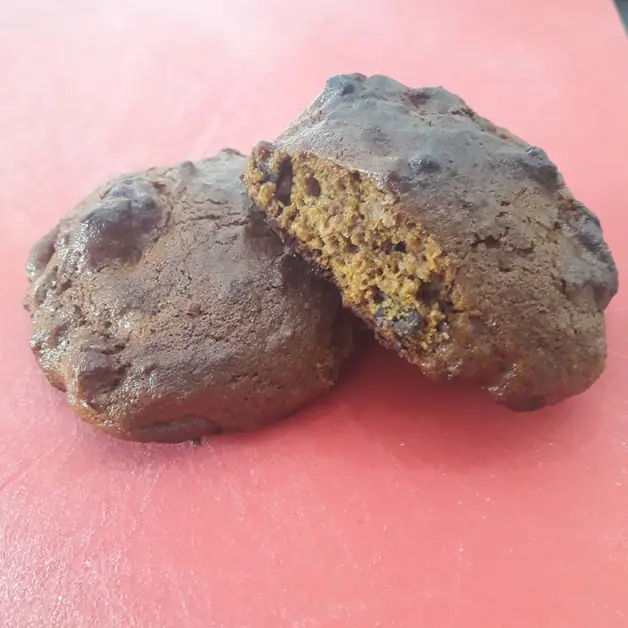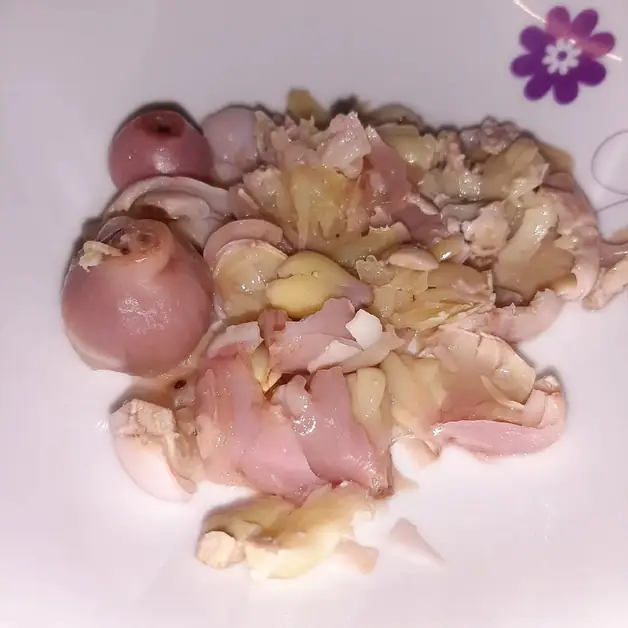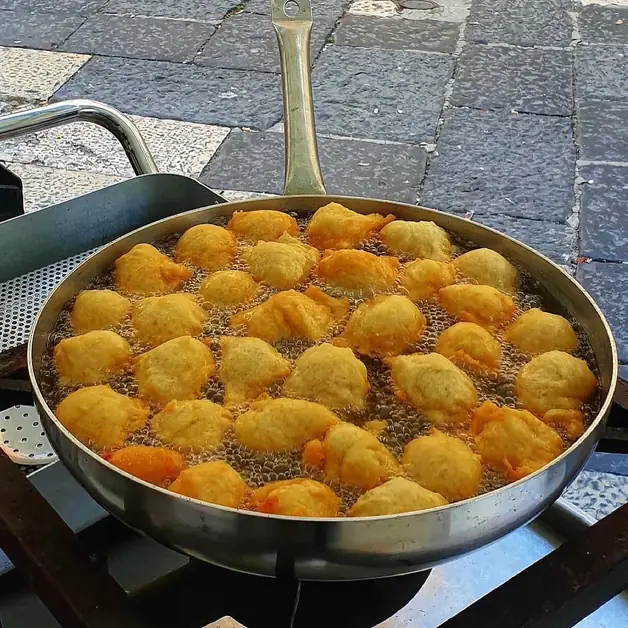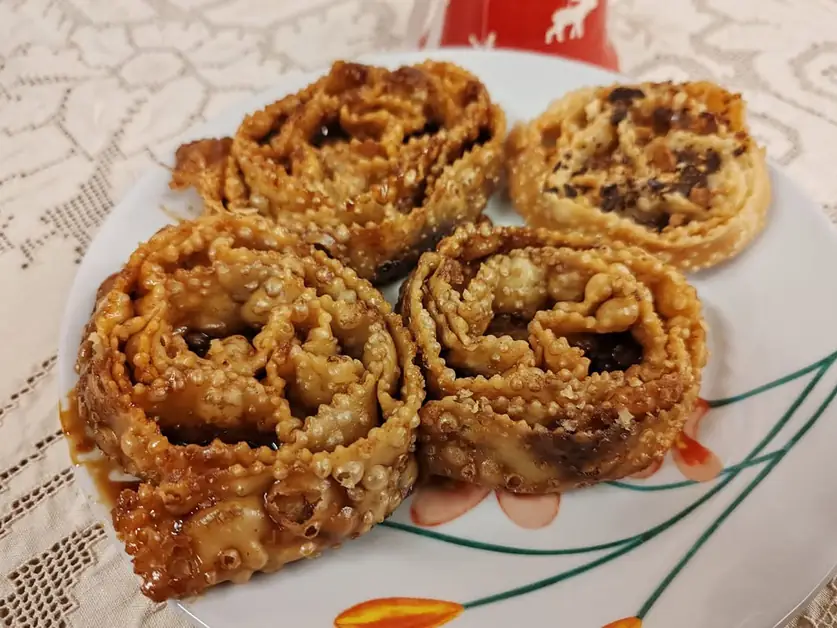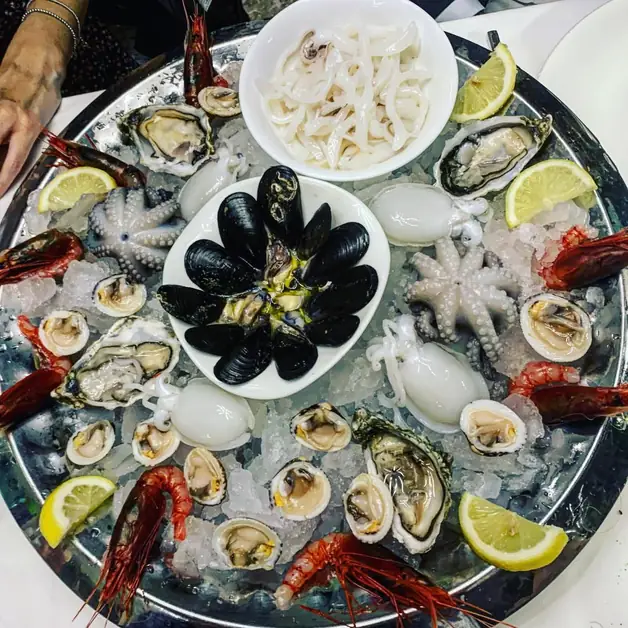Fava and chicory the symbol dish of Puglia
Fava and chicory represent the culinary tradition of Puglia.
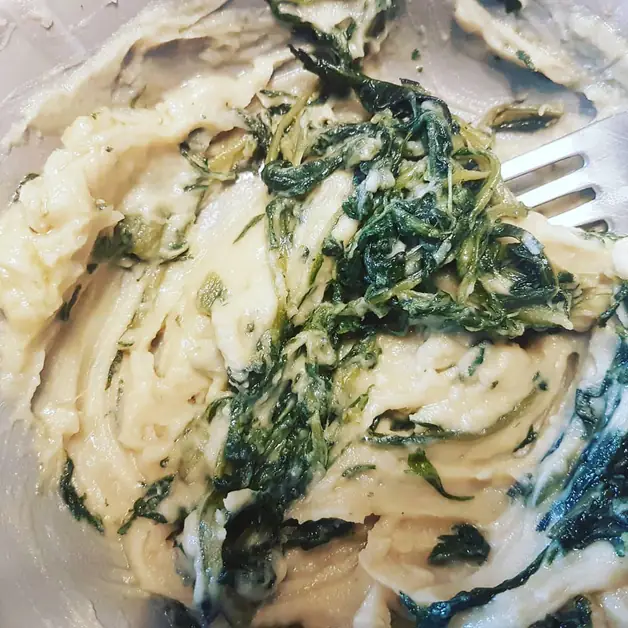
What are fava and chicory and why are they considered a symbol of Apulian cuisine?
Fava and chicory are one of the most authentic and ancient dishes of the Apulian tradition. They originated as a peasant dish, simple yet rich in flavor and meaning. It is a poor dish, made with ingredients easily found in the Apulian countryside: dried peeled fava beans and wild chicory. The contrast between the sweetness of the fava puree and the bitterness of the boiled chicory creates a perfect balance that tells the essence of Puglia, a land of contrasts and harmonies. This dish represents not only the simplicity of the cuisine of the past but also the ability of the Apulian tradition to transform humble ingredients into a masterpiece of flavor. Today, fava and chicory can be found in the best restaurants and trattorias in Bari, served with a drizzle of extra virgin olive oil and toasted bread.
Where does the tradition of fava and chicory in Puglia come from?
The origins of fava and chicory date back centuries, when the Apulian peasant population lived off the products of the land. Fava beans were considered the "bread of the poor" because they nourished and replaced meat, while chicory grew wild in the fields and was picked by hand. This dish, also widespread in Basilicata, represented a complete meal, rich in vegetable proteins and fibers. Over time it has become a symbol of Apulian gastronomic identity, passed down from generation to generation. Today it is one of the most requested dishes by tourists who want to taste the true local cuisine.
What are the main ingredients for preparing fava and chicory?
The ingredients are very few but must be genuine and of high quality: 300 g of dried peeled fava beans 500 g of chicory (preferably wild) Extra virgin olive oil from Puglia, preferably monocultivar coratina Toasted homemade bread Salt to taste The secret lies in the simplicity and purity of the flavors. The Apulian olive oil adds a fruity and decisive note, enhancing the contrast between the creaminess of the fava and the bitterness of the chicory.
How are fava and chicory prepared according to the traditional Apulian recipe?
The preparation is simple but requires patience. Here are the steps: 1. Soaking: soak the dried fava beans for at least 6 hours, or overnight. 2. Cooking the fava: drain the fava, rinse them and cook them in lightly salted water for about an hour, stirring often. When they start to fall apart, mash them with a wooden spoon until you get a smooth and thick cream. 3. Preparing the chicory: clean and wash the chicory well, then boil them in salted water for 10-15 minutes. Drain them and sauté them in a pan with a drizzle of oil, if desired, or leave them natural. 4. Composing the dish: serve the hot fava puree, accompanied by the chicory and slices of toasted homemade bread. Drizzle with a generous amount of extra virgin olive oil. The result is a rustic, fragrant, and incredibly good dish, perfect in every season of the year.
Why are fava and chicory served with toasted bread?
Toasted homemade bread is the ideal companion for this dish. It serves to accompany the fava puree and absorb the extra virgin olive oil, making every bite even tastier. In the past, bread represented the basis of every peasant meal, and in Apulian homes, it was never missing. Today, slices of toasted bread are an integral part of the presentation of the dish.
Where can you eat the best fava and chicory in Bari?
In Bari and its surroundings, many restaurants and trattorias offer this dish, a symbol of Apulian cuisine. Here are some of the best places to enjoy it: Osteria Le Arpie – Located in a charming alley in Bari Vecchia, it is one of the most beloved taverns by locals and tourists. It offers a refined version of fava and chicory with crumbled tarallo and hints of chili, accompanied by Apulian wine and Altamura bread. Vico Arco del Carmine, 2 – La Cecchina – In the heart of Piazza Mercantile, in a historic building with stone vaults, it offers a fava puree with chicory and friggitelli, enriched with chips of Laterza bread. It is a restaurant that combines tradition with creativity, with an excellent selection of Apulian organic wines. Piazza Mercantile, 31 – [www.ristorantebarivecchialacecchina.it] Est! – A modern and welcoming wine bar on Via G. Toma. Here you can enjoy a fava puree with sautéed chicory, accompanied by natural Apulian wines. Perfect for those looking for a friendly atmosphere and authentic dishes. Via G. Toma, 81 – La Locanda di Federico – Overlooking the beautiful Piazza Mercantile, it offers a cuisine that respects tradition but with creative touches. Try the fava and chicory with spicy soppressata, taralli, and cardoncelli mushrooms. Piazza Mercantile, 63 – Terranima – A restaurant that unites land and soul, faithful to the "zero kilometer" philosophy. It offers a fava and chicory puree made with local ingredients and served with its own extra virgin olive oil. Via N. Putignani, 213 – Tipica – A simple and genuine trattoria, perfect for those who want to taste the true Bari cuisine. In addition to orecchiette and rice, potatoes, and mussels, here fava and chicory are served in their most traditional version, with homemade bread and local olive oil. Strada Santa Caterina, 25/B – La Uascèzze – Located in one of the most characteristic streets of Bari Vecchia, it represents the beating heart of popular Bari cuisine. Fava and chicory are served alongside iconic dishes such as tiella with rice, potatoes, and mussels and braciole in sauce. The atmosphere is warm and welcoming, just like home.
Vico Sant’Agostino, 2 – Why should tourists taste fava and chicory during a trip to Bari?
Tasting fava and chicory means discovering the most authentic soul of Puglia. It is a dish that speaks of tradition, connection to the land, and respect for genuine flavors. Every spoonful tells the story of Apulian peasant cuisine, made of simplicity, creativity, and love for local products. For tourists, enjoying this dish in a trattoria in Bari Vecchia is an experience that goes beyond food: it is a journey into the culture, scents, and emotions of a land that knows how to welcome with its heart.
